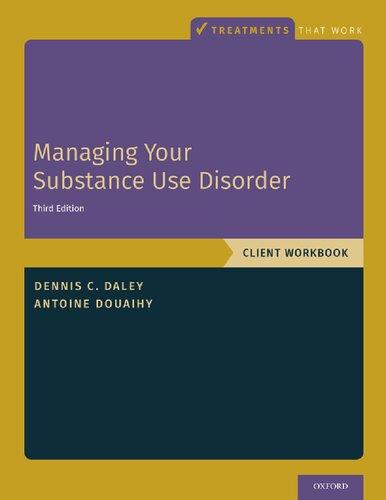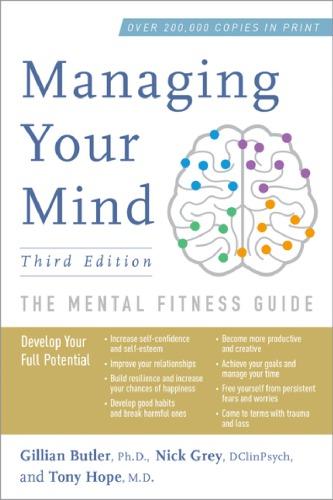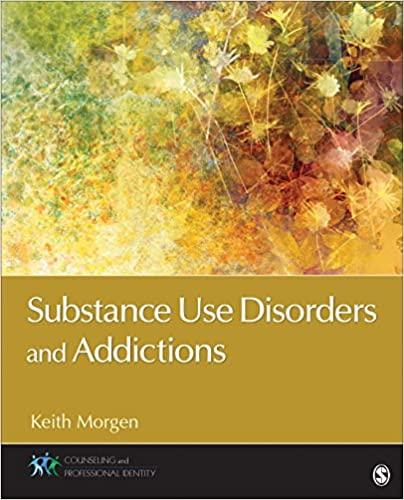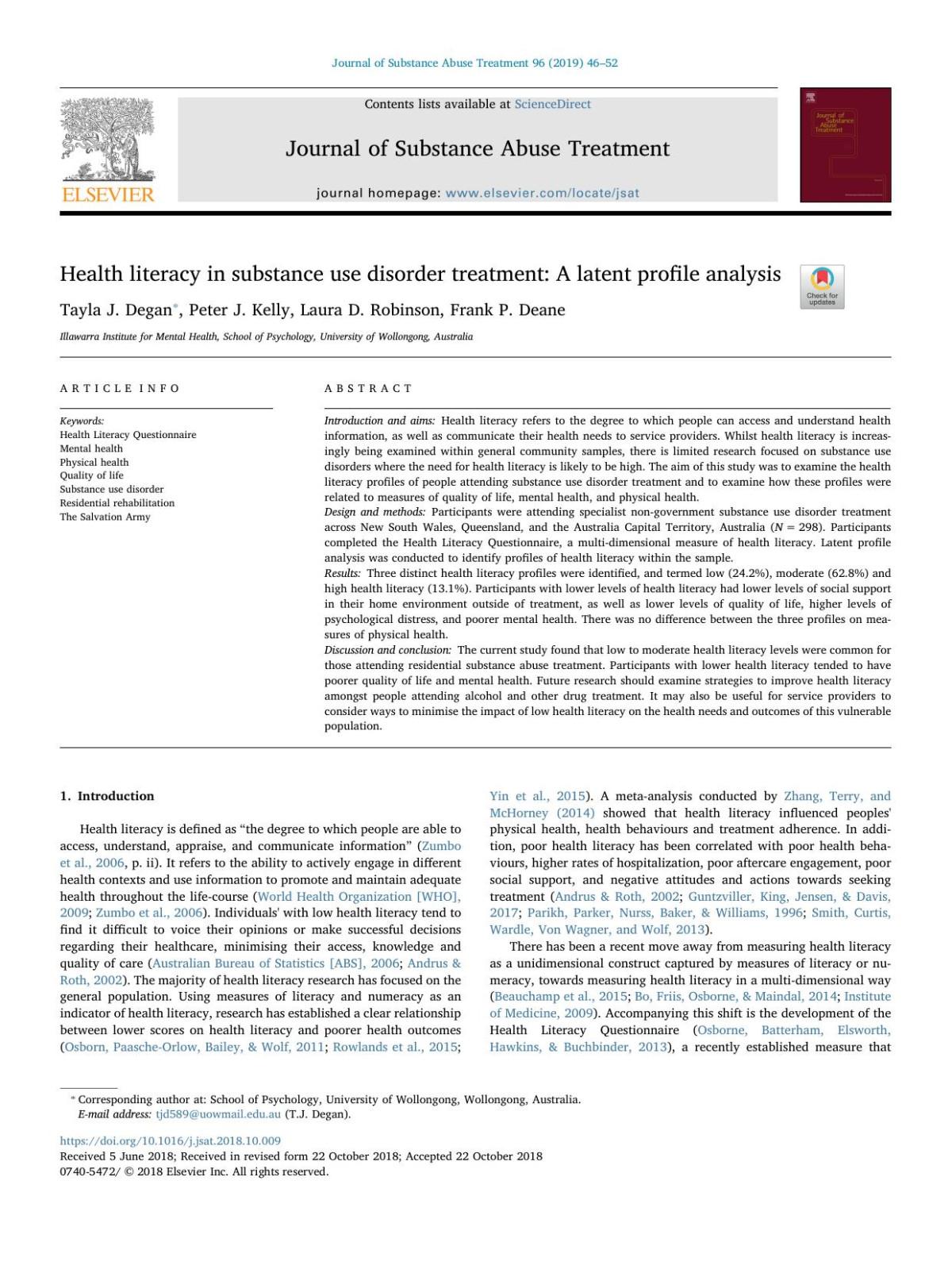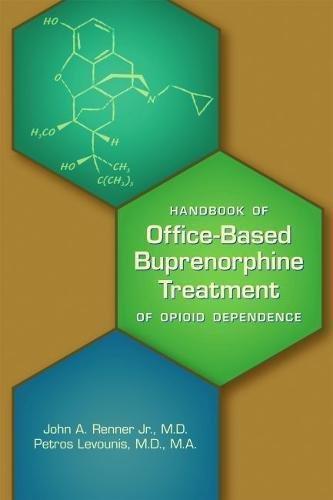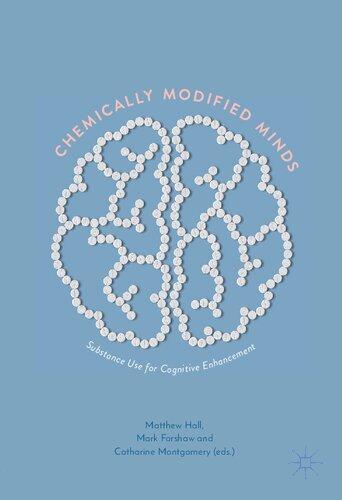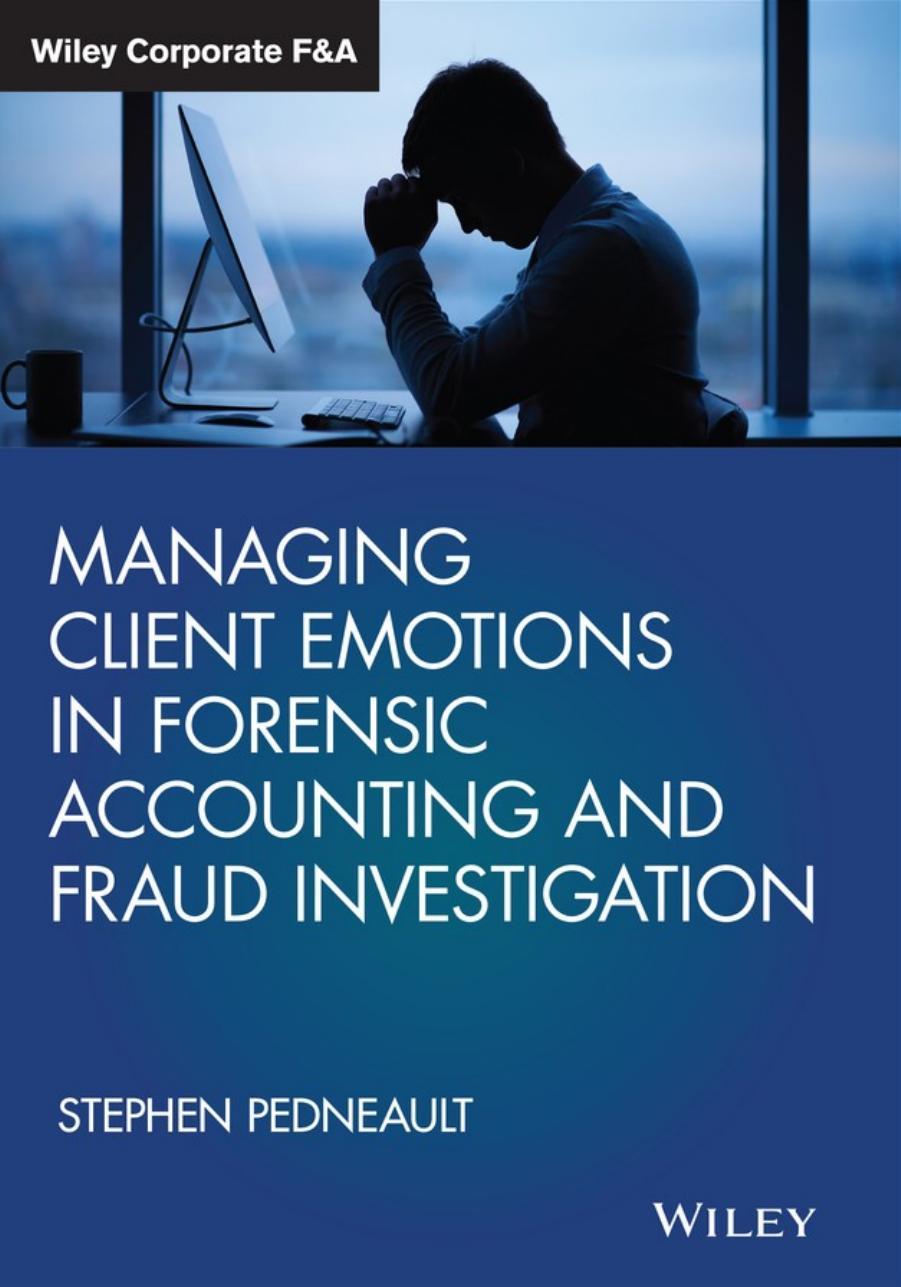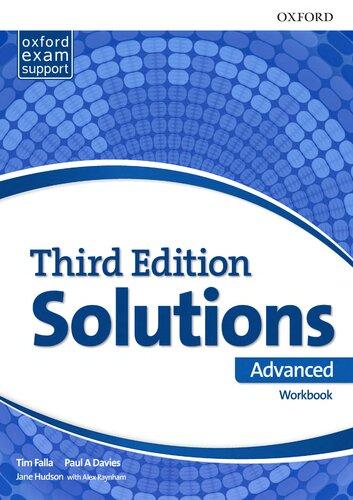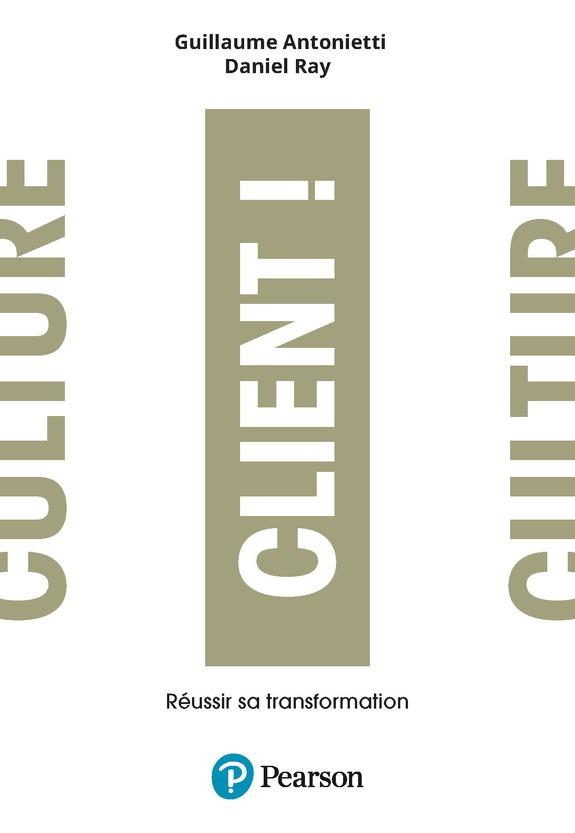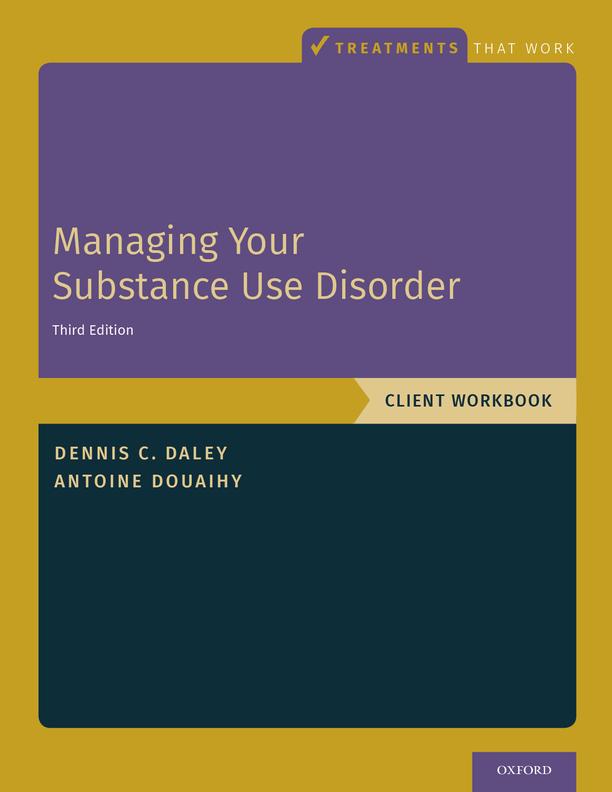About TREATMENTS THAT WORK
One of the most difficult problems confronting patients with various disorders and diseases is finding the best help available. Everyone is aware of friends or family who have sought treatment from a seemingly reputable practitioner, only to find out later from another doctor that the original diagnosis was wrong or the treatments recommended were inappropriate or perhaps even harmful. Most patients, or family members, address this problem by reading everything they can about their symptoms, seeking out information on the Internet, or aggressively “asking around” to tap knowledge from friends and acquaintances. Governments and healthcare policy-makers are also aware that people in need don’t always get the best treatments, something they refer to as “variability in healthcare practices.”
Now healthcare systems around the world are attempting to correct this variability by introducing “evidence-based practice.” This simply means that it is in everyone’s interest that patients get the most up-to-date and effective care for a particular problem. Healthcare policy-makers have also recognized that it is very useful to give consumers of healthcare as much information as possible, so that they can make intelligent decisions in a collaborative effort to improve health and mental health. This series, TreatmentsThatWork, is designed to accomplish just that. Only the latest and most effective interventions for particular problems are described in user-friendly language. To be included in this series, each treatment program must pass the highest standards of evidence available, as determined by a scientific advisory board. Thus, when individuals suffering from these problems or their family members seek out an expert clinician who is familiar with these interventions and decides that they are appropriate, they will have confidence that they are receiving the best care available. Of course, only your healthcare professional can decide on the right mix of treatments for you.
The ravages of substance use disorder have been documented time and again, and the lives ruined are too numerous to count. But new treatment programs have appeared in the last decade that have been proven to be effective in relieving the burden of substance use disorder for a large number
of individuals. The program described in this Workbook presents the latest version of one of the most advanced treatment programs yet developed for substance use disorder. This program recognizes that these problems have both biological and psychological causes, and that no single program will work the same for everyone. Therefore it is meant to be flexibly adapted to wherever the individual is on the long road to recovery, from just getting started through preventing relapse. Incorporating the wisdom of programs that have come before such as 12-step programs, cognitivebehavioral programs, and relapse prevention approaches, this treatment benefits from decades of development and scientific evaluation and has been used to the benefit of thousands of individuals with these problems. In this program you will learn skills to cope effectively with cues and triggers that lead to use and abuse of drugs and alcohol and hopefully master the emotional roller coaster that accompanies this condition. This includes altering patterns of beliefs, dealing with interpersonal conflicts that often lead to use and addiction, and building healthy social support systems. This program is most effectively applied by working in collaboration with your clinician.
David H. Barlow, Editor-in-Chief, Treatments ThatWork Boston, MA
Accessing Treatments ThatWork Forms and Worksheets Online
All forms and worksheets from books in the Treatments ThatWork (TTW) series are made available digitally shortly following print publication. You may download, print, save, and digitally complete them as PDFs. To access the forms and worksheets, please visit http://www.oup.com/us/ttw.
Part I Overview of Substance Use Problems and Assessment
Chapter 1 Introduction and Plan for This Workbook 3
Chapter 2 Recognizing Your Substance Use Problem 13
Chapter 3 Recognizing Consequences of Your Substance Use 19
Part II Change Issues and Strategies
Chapter 4 Treatment Settings for Substance Use Problems 25
Chapter 5 Motivation and Stages of Change 33
Chapter 6 How to Use Therapy or Counseling 39
Chapter 7 Overview of Goal Planning 51
Chapter 8 Managing Cravings and Urges to Use Substances 59
Chapter 9 Managing Thoughts of Using Substances 69
Chapter 10 Managing Emotions 75
Chapter 11 Refusing Offers to Use Substances 83
Chapter 12 Dealing with Family and Interpersonal Problems 89
Chapter 13 Building a Recovery Support System 99
Chapter 14 Mutual Support Programs and Recovery Clubs 105
Chapter 15 Medications for Substance Use Disorders 113
Part III Relapse Prevention, Progress Measurement, and Co-occurring Psychiatric Disorders
Chapter 16 Relapse Prevention: Reducing the Risk of Relapse 127
Chapter 17 Relapse Management: What to Do If You Lapse or Relapse 135
Chapter 18 Strategies for Balanced Living 141
Chapter 19 Measuring Your Progress 151
Chapter 20 Managing a Co-occurring Psychiatric Disorder 159
Appendix: Helpful Resources 169
Suggested Readings 173
About the Authors 177
Managing Your Substance Use Disorder
Introduction and Plan for This Workbook
n To become aware of current trends in substance use, misuse, and substance use disorders
n To learn the multiple factors contributing to a substance problem
n To identify the different paths and benefits to recovery
n To understand the benefits of using this workbook in therapy or counseling
n To learn the importance of keeping records and completing recovery worksheets
Introduction and Overview
This recovery workbook provides you with practical information and skills to help you understand and change your problem with alcohol, tobacco, or other drugs such as marijuana, cocaine or methamphetamine, heroin or fentanyl, or nonprescribed addictive medications. It is designed to be used in therapy or counseling and will help you focus on specific issues involved in stopping substance use and in changing behaviors that keep your substance use problem active. The information presented in this workbook is derived from research, clinical and recovery literature, and our many years of experience working with clients who have alcohol, tobacco, and other drug problems. It discusses the most effective and helpful recovery issues and change strategies from studies of cognitivebehavioral treatment, coping skills training, 12-step counseling, and
relapse prevention. These treatment approaches focus on the importance of changing beliefs, thinking, relationships, and behaviors and learning “skills” to help you stay sober and change your life. Such changes not only help you initiate and sustain recovery but also improve the quality of your life.
Your recovery change plan should be tailored to your needs and problems. No single recovery program is for everyone. There are many paths to recovery. The ideas in this workbook will help you work with a therapist or counselor to develop your personal plan for recovery based on the severity of your substance use problem, your motivation to change, and your willingness to work diligently in improving yourself.
In this workbook, we provide you with information about substance use problems, recovery, relapse, professional treatments available, and mutual support programs. When we talk about “substance use problems,” we are referring to problems with alcohol, tobacco, or any other type of drug. Problems may show in binge drinking, drug misuse (using illicit drugs, using other people’s prescription drugs with addiction potential, mixing drugs or drugs and alcohol in ways that are risky) or a substance use disorder (SUD). Although there are differences among the various substance use problems, there are also many similarities. Therefore, the recovery strategies discussed throughout this workbook can be adapted to any type of substance-related problem. The goals of this workbook are to help you reach maximum treatment benefit by motivating you to develop and implement a personal change plan and to provide you with practical strategies and skills to cope with the most common problems and challenges encountered when substance use is stopped.
This workbook includes the following topics:
n Recognizing your substance use problem and the consequences of it
n Choosing the right treatment setting
n Managing your cravings to use alcohol, tobacco, or other drugs
n Controlling thoughts of using alcohol or drugs and managing obsessions to use
n Dealing with upsetting emotions (anger, boredom, depression, and so on)
n Refusing offers to use substances and not giving in to social pressures
n Dealing with family and interpersonal conflicts
n Building a recovery support system to establish a “we” program
n Identifying and managing relapse warning signs to catch them early
n Identifying and managing your unique high-risk relapse factors
n Taking action quickly if you use again to limit the severity and damage of a relapse
n Living a balanced life so you gain pleasure and satisfaction from nonchemical activities
n Measuring your progress
n Managing a coexisting psychiatric disorder or behavioral addiction (e.g., gambling, internet, sex, or spending)
Extent of Substance Use Problems
A substance use problem exists when you experience any type of difficulty related to using alcohol, tobacco, or other drugs, including illicit street drugs or prescribed drugs such as painkillers (opioids), tranquilizers (used for anxiety), sedatives (used for sleep), or stimulants (used for attention deficit disorder or weight control). The difficulty can be in any area of your life: medical or physical, psychological, family, interpersonal, social, academic, occupational, legal, financial, or spiritual.
Extent of Substance Use and Substance Use Disorders
Surveys conducted each year by the Substance Abuse and Mental Health Services Administration (SAMHSA) and other studies or reports found the following:
n In 2015, about 44.5% or 119 million adults in the United States used one of four medications with addiction potential mentioned earlier; the majority got these drugs from a family member or friend or purchased these from a drug dealer.
n After alcohol and tobacco, the most common drugs misused are marijuana, pain pills, cocaine or methamphetamine, stimulant medications, heroin or fentanyl, or prescribed sedatives. Rates of use of all of these drugs—except pain medications—are rising.
n While only about 11% of those ages 12 or older used illicit drugs, 25% of individuals ages 18–25 used illicit drugs, making this a group at risk for substance use disorders.
n There are more than 136 million current alcohol users in the United States. More than 65 million had an episode of “binge” drinking (4 or more during a drinking occasion for a woman or a man over age 65; 5 or more drinks for a man under age 65); more than 16 million
had multiple binge episodes; and 20% of young people between 12 and 20 drink alcohol.
n More than 20 million people had a substance use disorder (SUD) in the past year, which is about 7.5% of the population ages 12 and above. The next chapter will provide specific symptoms of a SUD, which refers to a “pattern of substance use” that causes problems and distress and is characterized by up to 11 symptoms.
n Rates of alcohol use disorder are the highest, with more than 15 million having this problem compared to 7.4 million who had a drug use disorder.
n Only 10.6% of those with a SUD receive treatment in specialty addiction programs. However, in recent years, due to the opioid epidemic, many individuals with opioid addiction are receiving medication-assisted treatment from medical practitioners in hospitals or primary care clinics.
n Unfortunately, only a few percent of individuals with a SUD believe they need help, which means that families, employers, friends, or the legal system must influence them to get help. Since you are in treatment, you have the opportunity to learn strategies to manage your substance problems and improve your life significantly.
n Rates of death from drug overdose (OD) continue to rise each year, with more than 64,000 dying from ODs in 2017, mainly from illicit opioids like heroin or fentanyl, often mixed with other potent drugs like tranquilizers.
SUDs can cause or worsen problems in any area of life. These will be reviewed in Chapter 3 of this workbook to help you understand the effects of your substance problem on different areas of your life.
Overcoming a Substance Problem: Paths to Recovery
The good news is that there are many paths to recovery from a substance problem and these benefit millions of people. These paths include professional treatment (counseling, therapy, a “program,” medications, or a combination of these), mutual support programs, peer-assisted recovery (peer navigators, coaches, specialists), and self-recovery. The more severe the substance problem, the more likely professional treatment is needed in addition to other strategies.
A recent study published by the Harvard Research Recovery Institute found that more than 22 million adults in the United States who once had a SUD no longer have one. Their paths to recovery include the following:
n 45% used mutual support programs
n 28% used professional treatment
n 9% used medications (e.g., for alcohol, opioid, or tobacco use disorders)
Many people use a combination of these strategies. What is impressive is that 29% have more than 15 years of recovery, and an additional 35% have between 5 and 15 years of recovery. Many studies of treatment and surveys of individuals in recovery in the United States, Australia, Canada, and the United Kingdom show that involvement in treatment and/or recovery services often leads to dramatic improvements in all areas of life, such as
n Improved physical and dental health and higher engagement in healthy behaviors
n Improved mental health and higher engagement in mental health treatment
n Improved family relationships (more shared activities, much less violence)
n Improvement in work or school (steady employment, finishing school, starting a business)
n Improved financial condition (pay bills, debts, or taxes; save for the future)
n Fewer illegal activities, arrests, driving under the influence of alcohol or drug episodes, less use of medical emergency room visits, and increased rates of medical insurance
Causes of Substance Use Problems
There is no single cause of all alcohol or drug problems. These problems are caused by a number of different biological, psychological, and social or environmental factors that vary from one person to the next.
Biological Causes
Alcohol problems run in families, so it is thought that some individuals have a genetic predisposition to develop an alcohol problem. Keep in
mind that no one specific “alcohol” or “drug dependence” gene has yet been identified. However, it is likely that there are differences in brain chemistry and metabolism that increase the likelihood of developing an addiction to alcohol or other substances (addiction is usually referred to as a more severe substance use disorder). Scientists believe that these addictive substances work on the mesolimbic dopamine pathway or “reward” pathway of the brain. This is the part of the brain that makes food, sex, and social activities pleasurable. As addiction progresses, the brain is “hijacked” by substances. The result is that the person with addiction relies more on substances and less on natural rewards to feel good. Even though substance use causes many problems, it is then “reinforced” when the person ingests alcohol or drugs. Some people with an addictive disorder also develop a tolerance for alcohol or other drugs, requiring an increasing amount of alcohol or drugs to obtain the desired effect. Their bodies seem to “need” or “want” substances, unlike people who do not develop an addiction or dependence on substances. Also, during active addiction, “memories” can trigger intense cravings for alcohol or drugs.
Psychological Causes
Substances are often used to reduce anxiety or tension, to relax, to cope with other unpleasant feelings, or to escape. For some people, this eventually contributes to a SUD as they get more accustomed to using alcohol, tobacco, or other drugs to feel normal. Others have certain personality traits that make them more prone to using and subsequently misusing substances. Some have a psychiatric disorder, which can increase their vulnerability to developing a substance-related disorder.
Social or Environmental Causes
The family and social environments in which we live influence most behaviors, including substance use behavior. A person’s decision to use or not to use substances is affected by access to substances, pressure from peers to use, reinforcement from peers for using, observance of role models (e.g., parents) using or misusing substances, and standards or values learned from the community or broader culture.
Multiple Causes
Most likely it is not one but a combination of factors that caused you to develop a substance use problem. In cases of more severe SUDs (e.g.,
addiction), the factors that contributed to your initial use may be different from those that cause you to continue using. For some people, physical factors may be the strongest, whereas for others psychological or social factors may be the strongest. Identifying the factors that contribute to your substance use problem can contribute to your recovery.
Benefits of This Workbook
This workbook offers many benefits, especially when used with professional therapy or counseling:
n First, it will help you become more educated about substance use problems and recovery. Understanding the recovery process, for example, makes it easier to cope with the ups and downs you are likely to experience.
n Second, this workbook will help you look at your particular problem with alcohol, tobacco, or other drugs and identify how it has affected your life and the lives of people close to you.
n Third, it will help you learn specific skills to manage the challenges and “nuts and bolts” problems encountered in recovery.
n Finally, it will help you reduce the risk of a future lapse and relapse.
As a result of working a recovery program, you can experience benefits in your physical, emotional, or spiritual health; family and social relationships; ability to work or go to school; and legal and financial conditions. There are many potential short-term and long-term benefits of recovery.
Tips on Using This Workbook in Your Treatment
This interactive recovery workbook was written to be used in conjunction with therapy or counseling. Ask your therapist or counselor for help in choosing which topics to work on and in what sequence. The sequence you choose should be based on your unique problems with substance use and where you are in the recovery process. If you have any questions about the meaning of the information presented, how it relates to your situation, or how to use it to aid your recovery, ask your therapist. If you try to implement some of the change strategies recommended and find they aren’t working for you, work with your therapist to figure out why these ideas aren’t helpful or if you need to find other strategies. Even if
you don’t agree with what you read in this workbook, you will find it helpful to discuss your reactions and ideas with your therapist.
This workbook can be used whether you are in individual or group therapy, or both. An open, honest, realistic, and disciplined approach to recovery in which you face your issues rather than avoid them will help you make the most progress.
Abstinence from the use of substances is usually the most appropriate goal of treatment, especially if you have a more severe SUD or addiction. However, some people initially benefit from a harm-reduction approach before they agree on abstinence. Harm reduction refers to a reduction in the amount and frequency of substance use so there is a reduction in the negative consequences such as medical, family, work, or legal problems. However, there is always the risk that serious consequences or even death could result if you do not stop completely.
The Importance of Records and Completing Recovery Worksheets
Throughout this recovery workbook, you will be asked to complete several records and worksheets related to each area of recovery. These assignments have several purposes:
1. To help you personalize the information presented so that you relate it to your unique situation.
2. To help you become aware of the many aspects of recovery and of the relationships among thoughts, feelings, and behaviors. We emphasize biological, psychological, social, and spiritual aspects of recovery.
3. To help you identify internal and external triggers of substance use and develop strategies to manage them.
4. To provide you with a reminder that you need to take an active role in reducing or stopping alcohol and drug use and learn to cope positively with the problems experienced in recovery.
5. To help you carry out the proposed recovery change techniques and practice them in your daily life.
6. To help you document problems as well as successes with specific changes. Keeping track of your progress over time allows you to see the “big picture” and put setbacks into perspective. This also provides you with “accountability” so that you are reminded that it is up to you to continue to work at positive changes.
7. To help you approach your treatment in a systematic and structured way. This allows you to take maximum advantage of your therapy sessions because you are always working on important recovery issues between treatment sessions.
You may photocopy worksheets and records from the workbook or download additional copies from the Treatments ThatWork™ Web site at www. oup.com/us/ttw.
This interactive recovery workbook can be used as your personal notebook to keep track of important issues in your quest to manage your substance use problem. You can revisit sections of this workbook as many times as you need to help yourself develop and modify your change plan. When you are finished with professional treatment, this workbook can serve as a reminder for you. After a period of time, you can go back, review, and add to it as you learn new ways to handle the problems and demands of recovery. We applaud you for your interest in learning strategies to manage your substance use problem and improve the quality of your life.
CHAPTER 2
Recognizing Your Substance Use Problem
Goals
n To understand the different categories and symptoms of substance use disorders
n To rate the overall severity of your substance use problem
Continuum of Substance Use Problems
The American Psychiatric Association classifies substance-related disorders into several categories. These include intoxication, withdrawal, substance use disorder (SUD), and substance-induced disorder.
Intoxication and Withdrawal
Intoxication refers to being “drunk,” “stoned,” “loaded,” or “under the influence” of alcohol or other drugs. It involves physiological signs such as slurred speech and/or incoordination with alcohol or other sedatives or hypnotics; elevated blood pressure with cocaine or other stimulants; or drowsiness or slurred speech with opioids. Intoxication also involves psychological or behavioral changes such as aggressiveness, irritability, impaired attention, or disturbance of mood. Intoxication affects judgment and can contribute to serious behaviors such as violence toward others, accidents, or suicide attempts.
Withdrawal symptoms are caused by stopping or reducing the intake of substances that produce physical dependence (e.g., alcohol, heroin).
Specific withdrawal symptoms are discussed in Chapter 15 (which also addresses medications used in the treatment of substance use problems).
Symptoms of Substance Use Disorder
If your pattern of substance use leads to significant impairment in your life or to personal distress, and you meet two or more of the symptoms listed in Worksheet 2.1: Substance Use Disorder Criteria, at the end of this chapter, you have a “substance use disorder.” If you have 2–3 symptoms, your disorder is considered mild; with 4–5 symptoms, it is considered moderate; and with 6 or more symptoms, it is considered severe. As you read these criteria, note whether or not you have experienced each of them by placing a check mark in the appropriate box.
Worksheet 2.2: Self-Rating Scale, at the end of this chapter, can help you rate the overall severity of your substance use problem. Also, the effects of substance use can vary from one person to the next, from mild to life-threatening.
Substance-Induced Disorders
The effects of alcohol and other drugs on the central nervous system can cause substance-induced mood, anxiety, and psychotic disorders or magnify personality disorders. What this means is that symptoms that look like a psychiatric illness develop but then clear up with continued abstinence from alcohol or other drugs. Therefore several weeks or longer is often needed to determine if a depression or anxiety syndrome is an independent psychiatric disorder or is caused by the chronic use of substances. For example, Matt felt extremely depressed and suicidal following several weeks of using cocaine daily. However, within a week of stopping cocaine and entering a recovery program, his mood improved significantly. On the other hand, Shannon stopped drinking alcohol and using tranquilizers, and the longer she was sober, the more anxious and depressed she became. Shannon was clearly suffering from psychiatric problems in addition to her dependence on substances. Her use of alcohol and tranquilizers was her way of coping with her symptoms through “self-medicating.”
✎ Complete Worksheet 2.2: Self-Rating Scale.
Homework
Worksheet 2.1
Substance Use Disorder Criteria
Criterion 1: Loss of Control □ Yes □ No
You use a greater quantity of alcohol or drugs than you intended or for longer periods of time than you intended. Examples: Ron bought an ounce of marijuana and planned to use it over a period of several weeks but ended up smoking it all in a few days. Lisa constantly tells herself she’s going to have only a few drinks at parties each weekend, but she always gets drunk.
Criterion 2: Can’t Cut Down or Control Use □ Yes □ No
You have a persistent desire or unsuccessful efforts to cut down or control your alcohol or drug use. You may quit, only to go back to using again. Examples: Dennis has quit smoking at least 10 times in the past few years for periods from several days to 3 months, but he always goes back to smoking. Liz buys a rock of crack cocaine when she gets her check with the intention of not smoking more than that. However, she ends up purchasing more crack and more often than not uses her entire check to buy the drug, smoking continuously until she runs out of drugs and money.
Criterion 3: Preoccupation or Compulsion □ Yes □ No
You spend a great deal of time on activities necessary to obtain the substance, use the substance, or recover from its effects. Examples: Sandy, a nurse, spends a considerable amount of time figuring out ways to steal narcotic drugs at work. Stephen plans his work day so that he’s able to use cocaine. Also, his weekends are almost entirely dedicated to getting high on drugs.
Criterion 4: Craving □ Yes □ No
You have strong desires or urges to drink alcohol or use drugs. Examples: Even though Jack has not had a drink in several weeks, he has strong cravings nearly every day. Jessica stopped using pain pills but still feels strong desires to get some even though she knows this will worsen her addiction.
Criterion 5: Fail to Fulfill Major Obligations □ Yes □ No
You do not fulfill your obligations at work, home, or school. Examples: Chris’s cannabis problem led to poor grades and dropping out of college. Megan often depends on her teenage daughter to babysit Megan’s 8-year-old while she goes out drinking with friends, often staying out late.
Criterion 6: Continued Use Despite Problems □ Yes □ No
You have recurrent social or relationship problems that are caused by or worsened by substance use. Examples: During episodes of drunkenness, Dan instigates fights in bars or at parties. He has a reputation of being unpredictable when he drinks too much. Rebecca left her husband because he refused to get help for his addiction. She felt like he was ruining their marriage because he was often gone and she felt she could not trust him.
Criterion 7: Psychosocial Impairment □Yes □ No
You give up or lose important social, occupational, or recreational activities because of substance use. Examples: Melissa has lost two jobs due to absenteeism caused by alcohol use. She has also quit swimming and playing tennis. Leonard was kicked off the football team because he tested positive for drugs on three different occasions. As a result, he also lost his scholarship and dropped out of college.
Criterion 8: Use in Hazardous Situations □ Yes □ No
You use substances in physically hazardous situations. Examples: Raoul uses stimulants to help him stay up while driving long distances to see a friend. Patricia drives home after joining friends after work and having several drinks. Since she doesn’t feel drunk, Patricia thinks driving is no problem after a few drinks.
Criterion 9: Use Despite Negative Effects □ Yes □ No
You continue to use even though you know that a physical, psychological, family, or other problem is likely to occur as a result. Examples: Don drinks despite warnings from his physician that his liver is damaged from years of excessive drinking. Roberta smokes two packs of cigarettes each day despite recommendations from her physician to stop because of chronic respiratory problems.
Criterion 10(a): Increased Tolerance □ Yes □ No
You need more of the substance to achieve the desired effect. Examples: John used to get high on two or three drinks. He now often consumes six or more drinks before he feels high. Wanda used to take two tablets of Valium per day. She now takes six and often uses other tranquilizers and alcohol.
Criterion 10(b): Decreased Tolerance □ Yes □ No
You experience a diminished effect with continued use of the same amount of a substance. Examples: Delinda used to drink a pint or more of liquor every day to feel “the buzz.” Now, when she drinks the same amount, she does not feel “the buzz” as before. Alphonso regularly used large quantities of opiate drugs, alcohol, and tranquilizers in the past. Now, when he uses the same quantities, he does not even feel high.
Criterion 11(a): Withdrawal Syndrome □ Yes □ No
You experience a specific withdrawal symptom when you stop using substances or cut down on the amount you use. Examples: When Michelle stops using alcohol, she becomes nauseous and anxious and has tremors. Russ gets stomach cramps, diarrhea, a runny nose, and goosebumps when he stops injecting heroin or other narcotic drugs.
Criterion 11(b): Use to Avoid Withdrawal Syndrome □ Yes □ No
You use a substance, and use a similar type (e.g., you substitute Valium for alcohol) to relieve or avoid withdrawal symptoms. Examples: Betty takes tranquilizers constantly because she’s afraid she will get sick if she stops taking them. Dean takes a few belts of whiskey in his coffee every morning to quell his shakes and get him settled down so he can go to work. At lunch he has a few drinks to hold him over until after work when he can drink more freely.
Write the number of
that you checked and rate the severity level
Worksheet 2.2
Self-Rating Scale
Instructions: After reviewing your pattern of substance use and the consequences, rate the current severity of your problem. Then rate your current level of motivation to quit using substances and your confidence level to maintain your sobriety.
Severity Level of My Problem
My Motivation Level to Quit Using Substances
My Confidence in My Ability to Stay Sober
CHAPTER 3
